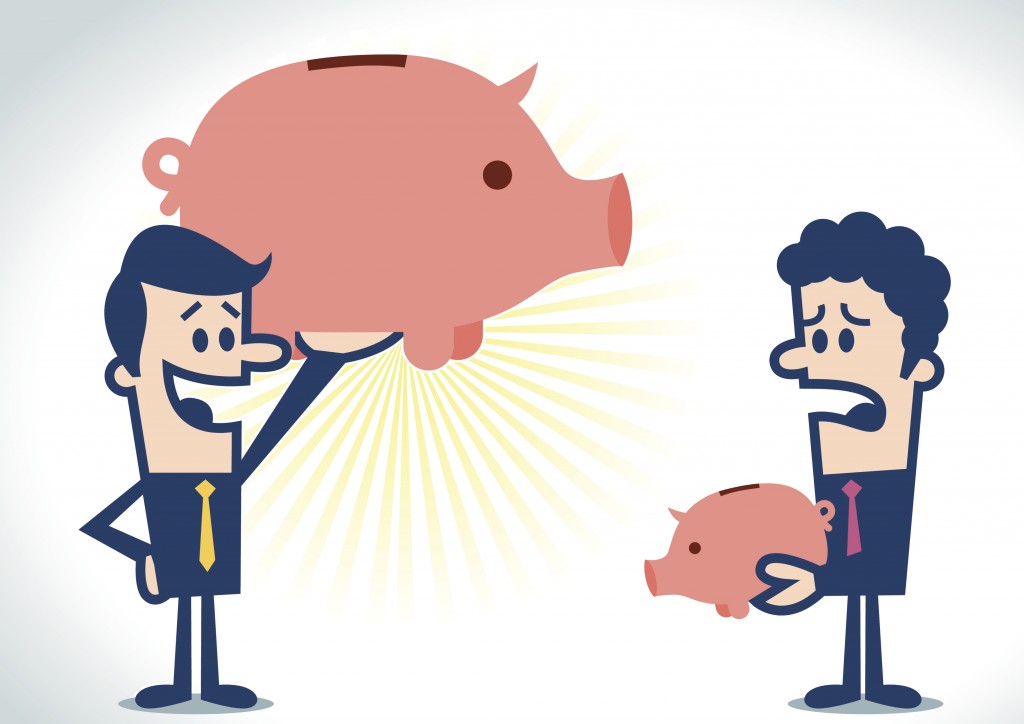Low-cost investing wins over the long-term
Warren Buffett likes low-cost index funds and for good reason
Advertisement
Warren Buffett likes low-cost index funds and for good reason

| Name | Price | P/B | P/E | Earnings Yield | Dividend Yield |
|---|---|---|---|---|---|
| CIBC (CM) | $88.18 | 1.99 | 11.22 | 8.91% | 4.67% |
| National Bank (NA) | $44.21 | 1.72 | 10.14 | 9.86% | 4.52% |
| Cenovus Energy (CVE) | $24.09 | 1.7 | 15.75 | 6.35% | 4.42% |
| Husky Energy (HSE) | $27.35 | 1.29 | 13.28 | 7.53% | 4.39% |
| Bank of Montreal (BMO) | $73.00 | 1.52 | 11.34 | 8.82% | 4.38% |
| Bank of Nova Scotia (BNS) | $61.06 | 1.65 | 10.73 | 9.32% | 4.32% |
| Rogers (RCI.B) | $45.18 | 4.24 | 17.31 | 5.78% | 4.25% |
| BCE (BCE) | $58.36 | 4.54 | 19.58 | 5.11% | 4.23% |
| Royal Bank (RY) | $71.74 | 2.13 | 11.92 | 8.39% | 4.18% |
| Potash Corp (POT) | $46.26 | 3.76 | 22.88 | 4.37% | 4.16% |
Share this article Share on Facebook Share on Twitter Share on Linkedin Share on Reddit Share on Email